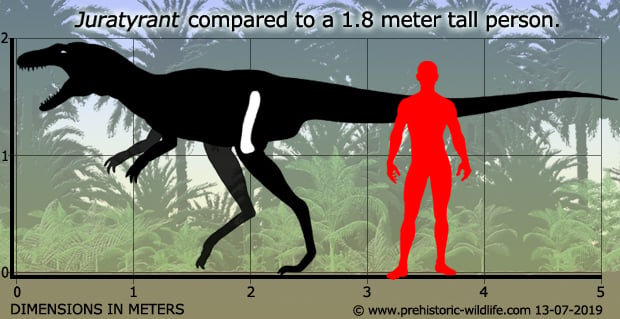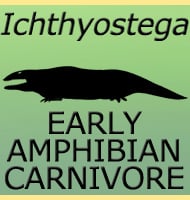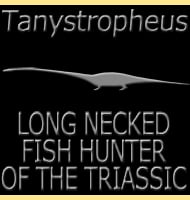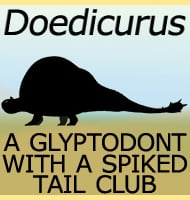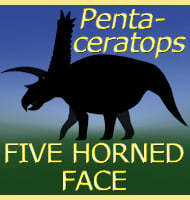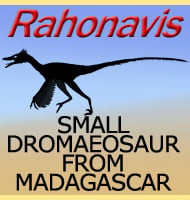In Depth
First discovered in 1984 and originally described as a species of Stokesosaurus in 2008, S. langhami was re-described as a new genus of tyrannosaur in 2013. As is standard practice with such occurences, the original species name of langhami was retained to create the new type species, Juratyrant langhami. The species name is in honour of Peter Langham who first discovered the remains.
Juratyrant was typical of the early tyrannosaurs in that it was far smaller than later genera that lived at the end of the Cretaceous such as Albertosaurus and Tyrannosaurus. Juratyrant would have lived along other kinds of dinosaurs such as stegosaurs like Dacentrurus, though its small size means that it may have focused its hunting upon smaller dinosaurs or the recently hatched juveniles of larger dinosaur genera. The main defence Juratyrant would have had against larger theropod dinosaurs of the time would have been its speed.
Juratyrant is not the first tyrannosaur known to have lived in England, Eotyrannus was described in 2001.
Further Reading
- The systematics of Late Jurassic tyrannosauroids (Dinosauria: Theropoda) from Europe and North America, S. L. Brusatte & R. B. J. Benson - 2013. - New information on Stokesosaurus, a tyrannosauroid (Dinosauria: Theropoda) from North America and the United Kingdom, R. B. J. Benson - 2008.
